Before the Grammy Awards and the guaranteed sales base and the tastemaking websites, alternative rock was a loosely-arranged, amorphous genre/movement that existed on the sidelines of music, and indeed, mainstream culture. Rather than get into a history lesson that once again states how Nirvana Changed Everything Forever, instead we’d like to emphasize what it was like when alternative rock first emerged in the 1980s out of the ashes of punk and post-punk. Some ’80s alternative artists surely would have liked to get rich and conquer radio, even if it would have been a faux pas to express that desire so brazenly. Others found such desires anathema to their entire ethical system, while others never even considered anything like that was possible; for them the height of their ambitions might have been putting out a single on a local indie label and playing a few gigs. As much as it was ignored by the masses, the ’80s alternative rock milieu largely afford artists the freedom to develop unconcerned with the expectations placed on better-known acts.
The wide range of hopes and ambitions harbored by 1980s alternative rockers means that deciding to explore releases from that time involves being faced with an immense body of output with a wildly inconsistent level of quality. For every group or artist from the era seemingly blessed with a faultless spate of classic LPs, many more only made one great album, or one or two decent songs. Even with the more consistent artists, it can be difficult to know what record to start with. That’s not even considering which material is important from a historical or musical evolutionary standpoint — and in those cases, it can be a bummer to discover that a record critics lauded for changing music back then may be revealed to be no great shakes 30-40 years on.
 Light bulb by ColiNOOB (Pixabay License / Pixabay)
Light bulb by ColiNOOB (Pixabay License / Pixabay)
PopMatters has eagerly embraced the challenge of determining the most essential albums from alternative’s formative decade in order to piece together a practical, 12-record entry-level guide to the era. This list is drawn from a cross-section of popular favorites, critically revered cult touchstones, subgenre representatives, and handy introductions to seminal artists. Arranged chronologically and hewing to an egalitarian one-LP-per-artist mandate, listeners can get a sense of how the genre evolved after R.E.M. inaugurated it in the early ’80s, from its origins involving like-minded visionaries from far-flung locales applying the lessons learned from the punk and post-punk revolutions to their rediscovery of rock’s history, to its gradual coalescence into a more definable (yet still varied and diverse) style as the decade wore on.
Alternative rock bands today owe their heritage to at least one act on this list, be it R.E.M.’s ringing arpeggios and cryptic vocals, or the Jesus and Mary Chain’s nonchalant, cooler-than-school blending of feedback and melodies, or the simple genius of the Pixies’ quirky guitar leads, unwavering eighth-note basslines, and loud/quiet/loud song structures. If your sense of alt-rock history goes back no earlier than Nirvana or Radiohead, this is your introduction to a time when it really was an alternative — to major label dominance, to narrow-minded radio and music television programming, to glossy, vapid pop and sexist dinosaur rock, and to a conservative political climate that tried its damnedest to turn the clock back on a world that was irrevocably changing. Four decades later, alternative rock is victorious, and though there have been those who have outshone their forefathers in the intervening years, these records are proof that the best ’80s alt-rock is more than a historical curiosity.
Violent Femmes – Violent Femmes (1983)
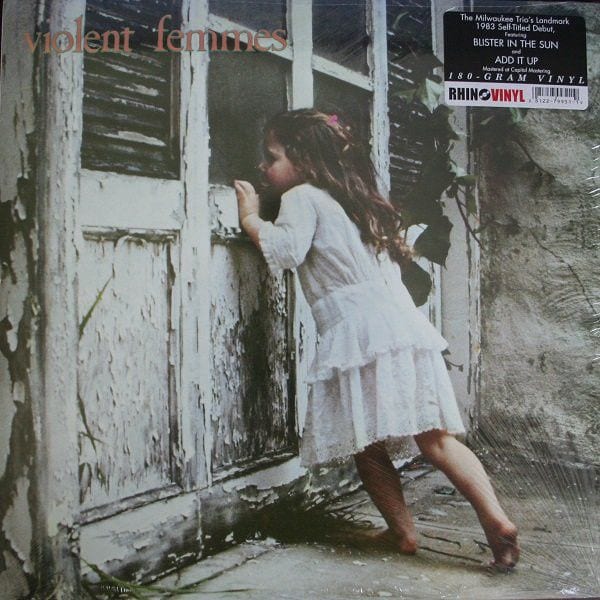
Violent Femmes‘ debut was a wonderfully fresh oddity when it first came out. Too uptight and acoustic to be punk, too scruffy to be new wave, and too nervy and puerile to be plain old pop — its inability to fit in any of the period’s cleanly-marked musical categories was rendered irrelevant by its unabashed catchiness and its relatable adolescent anxiety. The record’s misfit nature is also an integral part of its appeal: the group’s tumbling acoustic timbres and Gordon Gano’s nervous braying wear teenage awkwardness simultaneously as an affliction and a badge.
Though the three-piece’s genealogical footprint isn’t as large as that of others on this list (there has never been a rash of Violent Femmes copyists), the popularity of its definitive album has proved quite sturdy in comparison. Violent Femmes is one of the rare ’80s alternative albums that has racked up sales of over a million copies, and the pop culture ubiquity of its trademark track “Blister in the Sun” is such that history has almost forgotten that the song never troubled the charts. As unlikely an enduring artifact it may appear to be on the surface, Violent Femmes has been well worth remembering. — AJ Ramirez
Recommended tracks: “Blister in the Sun”, “Kiss Off”, “Add It Up”, “Gone Daddy Gone”
The Smiths -The Smiths (1984)
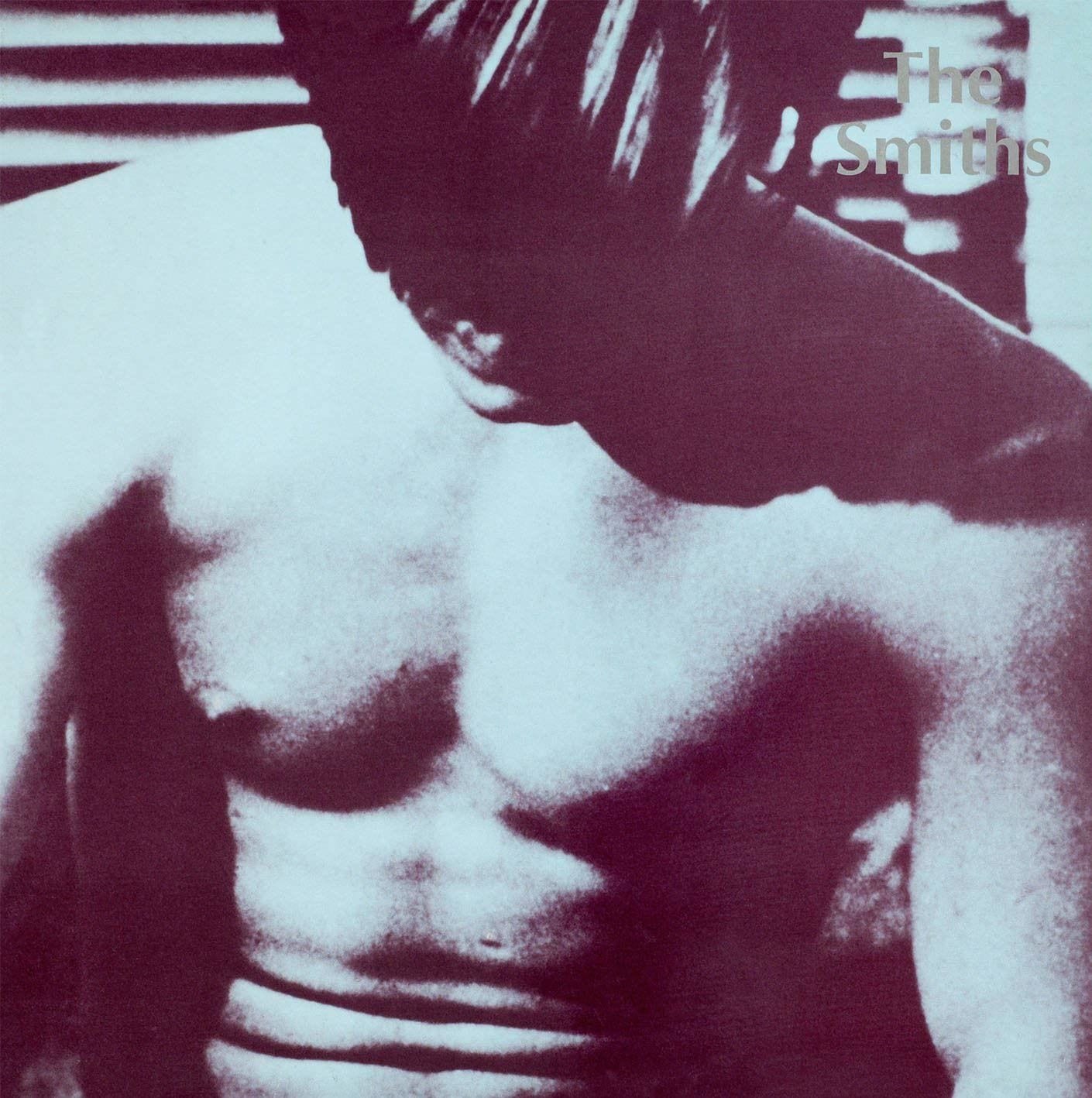
The emergence of the Smiths signaled the start of a new era in British music. Their callbacks to pre-psychedelic guitar pop and their disdain of synthesizers and modern studio trickery set them apart from the still-thriving post-punk movement, even as they swam in the same independent label waters. The group’s pronounced ordinariness, literate lyrics, and thoroughly un-macho stance were potent symbols that a generation of maligned youth could rally around. Yet the Smiths wouldn’t be held in such reverence today if the music wasn’t up to snuff.
Their first album was the culmination of the introductory chapter of their brief career, one where the Mancunian quartet’s cult had already been cemented by three previously-issued singles, all of which are included on modern pressings of the LP. Alienation, mistreatment, rejection, and longing: the themes that would reoccur throughout singer Morrissey’s career are fully accounted for on The Smiths, where they are rendered all the more piercing by Johnny Marr’s delicate guitar-picking and John Porter’s stark production. While the Smiths only improved from here, this is one instance where jumping in at the beginning is the advisable way to delve into an act’s catalog. — AJ Ramirez
Recommended tracks: “Miserable Lie”, “Pretty Girls Make Graves”, “This Charming Man”, “Hand in Glove”
Cocteau Twins – Treasure (1984)
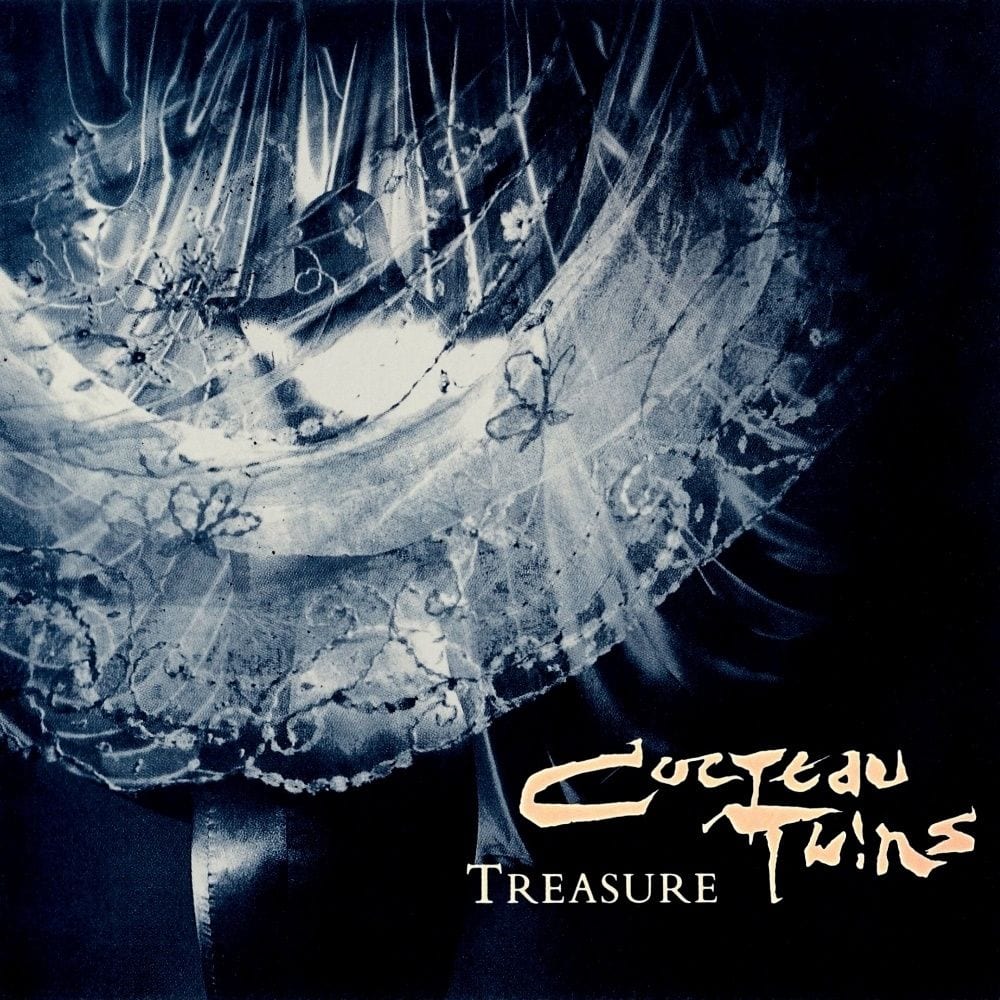
Despite having already released two LPs and four EPs, it was when Scottish band Cocteau Twins released Treasure in 1984 that they hit their stride. Not only did they solidify their lineup, trading Will Heggie for Simon Raymonde on bass, but they also cemented their signature sound — a combination of Elizabeth Fraser’s ethereal vocals and Robin Guthrie’s wistful, yet powerful, guitar.
Each song on the album is seemingly named for a person, beginning with “Ivo”, written for Ivo Russell-Watts, the founder of 4AD Records and the band’s label for eight years. The names go all the way down the roster to “Domino”, which ends the album with a sampling of all the Cocteaus’ musical magic tricks. In between, each track makes brilliant use of Fraser’s soprano and baritone vocals. Even her whispers, which are scattered over Guthrie’s lulling guitar on “Otterley”, are spellbinding.
Fraser’s ability to deliver her nonsensical lyrics with the diaphanous touch of a moth or with the muscle of a ravenous lion is astonishing. Meanwhile, Guthrie (who could easily outplay anyone in a “proper” rock or metal band) couples his fierce solos with echoing mellifluous chords that complement Fraser’s voice. Standing the test of time and paving the way for bands like Sigur Rós and Beach House, Treasure is an aptly titled album. — Jennifer Makowsky
Recommended tracks: “Lorelei”, “Pandora (for Cindy)”, “Donimo”
Hüsker Dü – New Day Rising (1985)
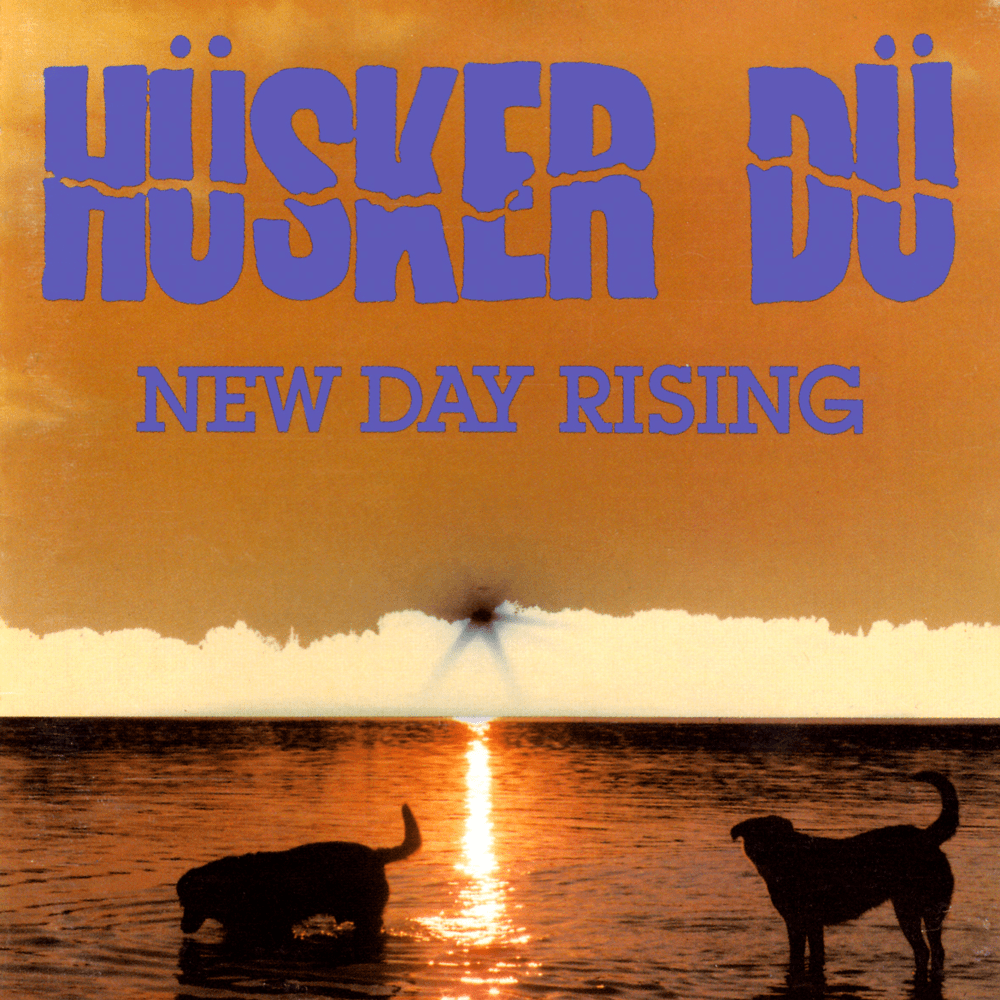
A band cruelly too ahead of its time to gain the notice it deserved back in the ’80s, this Twin Cities trio is superseded possibly only by R.E.M. and the Smiths when it comes to measuring the influence of alternative rock’s early pioneers. Unlike R.E.M. and the Smiths, who counted punk as a reference point but were not stylistically wedded to it, Hüsker Dü specialized in blazing fast, ferociously-barked harder-than-hardcore fare on its initial recordings. By 1984’s double disc Zen Arcade, the Dü was kicking violently against hardcore’s limited sonic palette, and certain slower, more tuneful — yet no less intense — songs like “Chartered Trips” and “Pink Turns to Blue” were tantalizing peeks into the future of rock ‘n’ roll.
Released mere months after Zen Arcade, the astonishing New Day Rising was Hüsker Dü’s first full-blown alterna-rock record. It’s an album that captures a thoroughly road-tested band in its prime, one invigorated by its discovery of how to balance melody, noise, passion, and power without diminishing any of those aspects. The Pixies, Dinosaur Jr., Nirvana, Foo Fighters, and countless others — their immediate ancestry begins here. On New Day Rising the tunes buzz and sing in equal measure, and the songwriting rivalry between guitarist/singer Bob Mould and drummer/singer Grant Hart challenged both men to try to constantly out-do one another, leading to a tracklist that hardly disappoints.
Had this LP been released a decade later and been shepherded by a more flattering producer, it wouldn’t be hard to imagine “Celebrated Summer”, “Books About UFOs”, or “I Don’t Know What You’re Talking About” being embraced by alternative radio playlists. Hüsker Dü was so creatively blessed in the mid-’80s that it issued another incredible LP, Flip Your Wig, before 1985 was even finished! — AJ Ramirez
Recommended tracks: “The Girl Who Lives on Heaven Hill”, “I Apologize”, “Celebrated Summer”, “Terms of Psychic Warfare”
The Cure – The Head on the Door (1985)
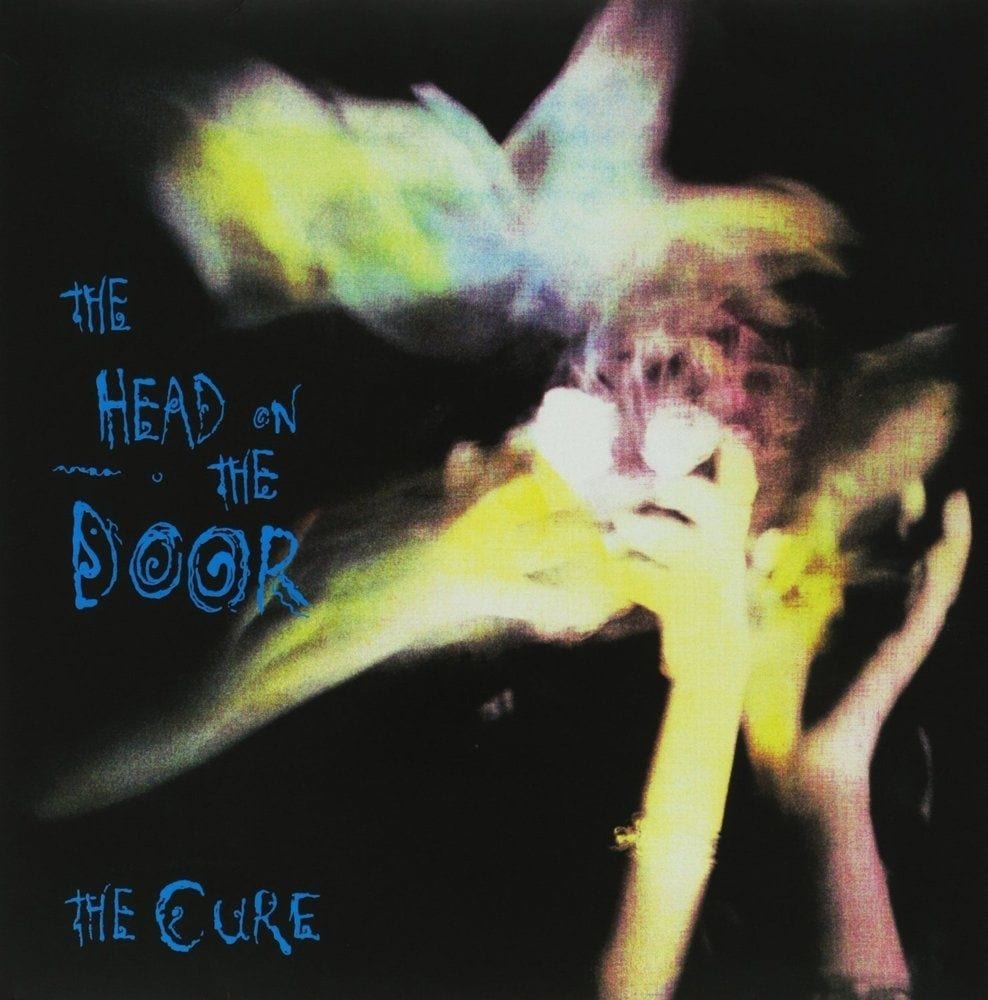
In 1985, The Head on the Door was a turning point in the Cure’s by-then nine-year-old career. After recording one of its darkest albums, The Top, in 1984, the English band restructured its lineup to include new drummer Boris Williams, and reintroduced former band members Porl Thompson on guitar and Simon Gallup on bass. The album melded the group’s previous gloom-and-doom aesthetics with its penchant for synth tunes to create a cohesive and celebrated album.
The singles “In Between Days” and “Close to Me” and their accompanying whimsical videos opened the band up to a wider audience. By diversifying its sound on the album, the Cure proved it was more than a “goth” or “New Wave” outfit. Case in point: “The Blood” is infused with flamenco flavor, while Robert Smith’s fascination with all things Japanese made its mark on “Kyoto Song”. Additionally, “The Baby Screams” is a funk-inspired piece driven by Gallop’s pulsing bassline. No Cure album would be complete without a love song — in this case, a ballad, featuring Smith as a heroic suitor in “A Night Like This”.
But The Head on the Door isn’t all inventive pop numbers and love tunes. The record closes with “Sinking” — one of the band’s most hypnotic and darkest tracks, and also a foreshadowing of the songs that would later be found on Disintegration (1989). The Head on the Door is an outstanding example of Smith’s ability to use pop music as a means to express angst while applying just a hint of the polish, a trait that would coat the band’s future recordings. — Jennifer Makowsky
Recommended tracks: “Push”, “The Blood “, “Sinking”
The Replacements – Tim (1985)
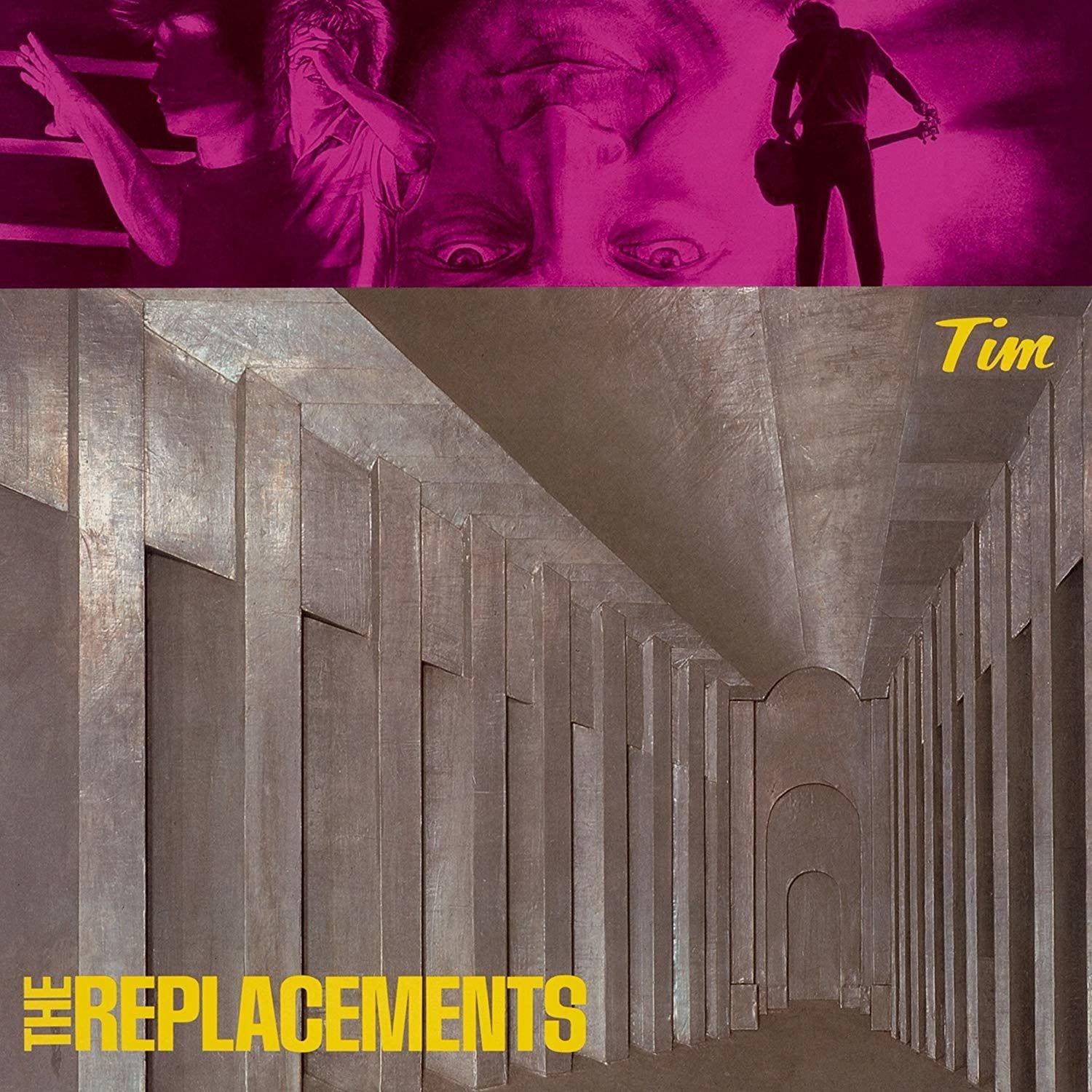
Tim was the Replacements’ final release before founder Bob Stinson left. It was also the record that saw the misfits from Minneapolis sign to their first major label, switching from Twin/Tone to Sire Records, and snagging Tommy Ramone as their producer.
The album includes some buoyant, even upbeat, songs. “Can’t Hardly Wait”, “I’ll Buy”, and “Little Mascara” are the perfect blend of tattered rock and playful pop. Paul Westerberg’s biting wit is in top form in “Waitress in the Sky”, and both outtakes of “Can’t Hardly Wait” (originally recorded for Tim, but produced on the 2008 reissue, Pleased to Meet Me) are gritty romps, verifying no matter how composed the songs became, Westerburg’s gravely yowl was ever present. The slapdash blast of “Bastards of Young” (which had a notable black-and-white video featuring just a speaker and turntable), “Left of the Dial”, “Lay it Down Clown”, and “Dose of Thunder” proved that the Mats were far from finished rocking out.
However, the record, like its precursor Let It Be (1984), incorporates some softer songs. This time, however, they showed more sophistication. For instance, “Swinging Party” (possibly one of the best Replacements songs ever) is musically refined beyond anything the band had ever recorded and made exceptional use of Westerberg’s writing talent. “Here Comes a Regular”, which closes the album, is a spare gem featuring Westerberg singing along with just an acoustic guitar and piano. The song showed Westerberg was ready to spill his guts and proved that the Mats were losing their shit-faced-drunk, fuck-off attitude. Maybe they were growing up. Just a little bit. — Jennifer Makowsky
Recommended tracks: “Dose of Thunder”, “Bastards of Young”, “Swinging Party”, “Here Comes a Regular”
The Jesus and Mary Chain – Psychocandy (1985)

It’s easy for Psychocandy‘s reputation to overshadow its merits. The Jesus and Mary Chain’s epochal first album is ground-zero for noise pop and shoegaze — entire swaths of alt-rock’s lineage would not exist without it. Yet brush past all the namechecks and the plaudits and what remains at the center of nearly three decades of hubbub is a record that possesses a visceral and almost primal appeal. The reference points for the Mary Chain’s trademark sound — Velvet Underground white noise, Ramones chord progressions, Beach Boys melodies, Phil Spector beats — are obvious if ears are tuned properly (not that the Scottish group has ever really tied to obscure them anyway).
The brilliance of what the band did on its first singles and on Psychocandy was mash those elements together in the most jarring way possible, then pare the result down and crank it up to obscene volumes. The cool, detached attitude with which the Mary Chain did it is one of the unresolved contradictions that characterizes the LP, as is the surprisingly hummable nature of track after track bathed in layers of howling feedback.
The juxtapositions that define Psychocandy don’t stop there; they also make violent maelstroms (“In a Hole”, “Never Understand”) come off as joyous romps, and lend more sedate numbers (“Just Like Honey”, “Sowing Seeds”) an ominous undercurrent. Bands have based entire careers around trying to remake Psychocandy, yet to this day it may still be the only noise pop LP anyone ever really needs to own. — AJ Ramirez
Recommended tracks: “Just Like Honey”, “In a Hole”, “Never Understand”, “You Trip Me Up”
Siouxsie and the Banshees – Tinderbox (1986)
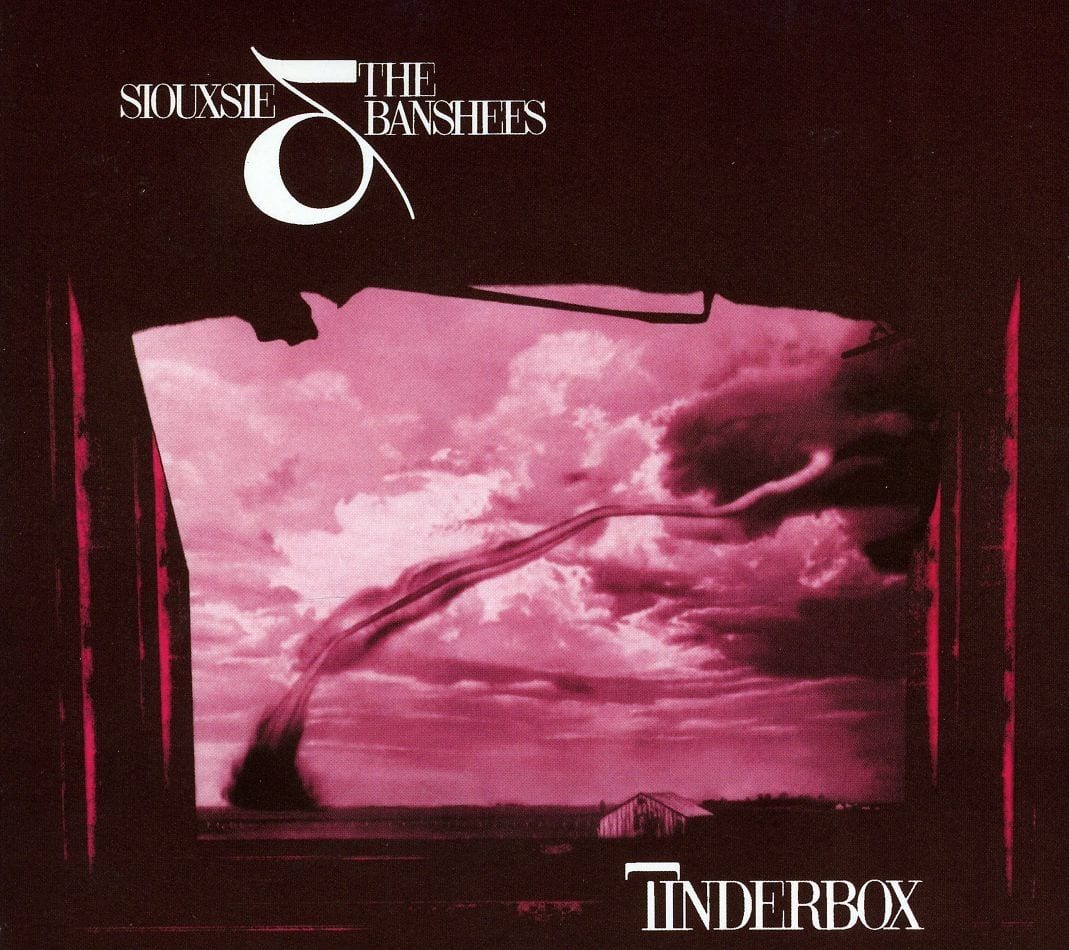
Siouxsie and the Banshees’ seventh album Tinderbox is a reflection of its title. With John Carruthers’ pressing guitars, Budgie’s expert drumming, and Siouxsie Sioux’s unyielding vocals, the songs are capable of igniting the listener’s heart and ears. The concept of heat is a thread that runs throughout the album — from the image of Pompeii’s incineration in “Cities in Dust” to the heat of “92” (degrees), to the “moths touched by flame” in “Land’s End”. The only respite from the high temperatures is “The Sweetest Chill”, a dizzying love song filled with rushing guitars that have a spinning quality, making the listener feel as if they are being twirled on the floor of a large, abandoned dance hall.
The album, like many Banshees records, focuses lyrically on dark subject matter; in this case, natural disasters, predators, and panic deepen the mood. “This Unrest” — a meditation on anxiety –is a perfect example of how musically tight the band was at the time of recording. The menacing guitars and tense drums are restrained and measured as Sioux calmly sings, “This unrest crucifies my chest”.
While the Banshees’ signature chiming guitar sound is always within ear’s reach, the album makes use of a synthesizer, most prominently employed in “Cities in Dust”. The video that accompanied the single depicted skeleton marionettes, lava, victims of the Mt. Vesuvius eruption, and Severin and Budgie covered in white powder while Sioux danced behind a wall of flames. The song gave the band radio and TV exposure, nudging the album to number 13 on the UK charts. Despite its accessibility, Tinderbox remains a bold and enchanting album that ought to be included in any record collection. — Jennifer Makowsky
Recommended tracks: “Candyman”, “This Unrest”, “92”
R.E.M. – Lifes Rich Pageant (1986)
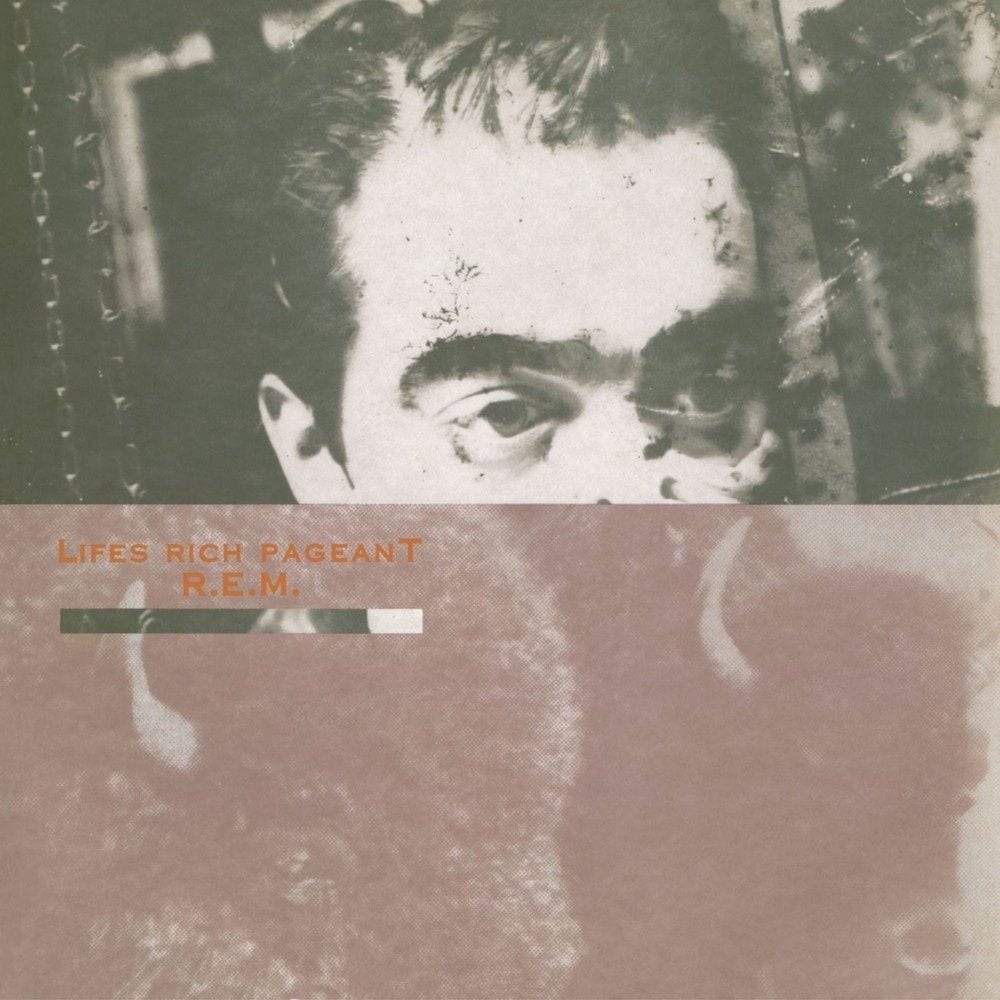
Why pick Lifes Rich Pageant? Why not the better-known Murmur or Document, or any other R.E.M. LP for this list? The reasons are simple: Lifes Rich Pageant is the best, most direct, and most accessible album the band put out during the entire 1980s. The Athens, Georgia quartet faced several creative and career crossroads when the time came to make its fourth album. Where would it go after the confused murkiness of Fables of the Reconstruction? Could it expand its popularity beyond its loyal collegiate fanbase without compromising its integrity?
As the leading American alternative rock outfit of the era, R.E.M. had to chart a path into the unknown, and Lifes Rich Pageant was its decisive response to the challenge. The production on Pageant was clearer and more muscular than it had ever been before, and the group came across as newly reinvigorated and confident. Pageant was especially pivotal for singer Michael Stipe, who for the first time unobscured his lyrics and enunciation, crucial initial steps towards his molting into a spokesman for an entire movement.
At the core of it all are the songs, which are frequently, astonishingly first-rate — the rousing political anthems “Begin the Begin” and “Cuyahoga”; the unhurried beauty of “The Flowers of Guatemala”; the heady vitality of “These Days”, “Hyena”, and “I Believe”; and “Fall on Me”, the band’s first truly perfect song. Throughout the ’80s, the guys in R.E.M. were lauded as cult heroes. This is the album that proves they are worthy of the status of rock legends. — AJ Ramirez
Recommended tracks: All of side one, “The Flowers of Guatemala”, “Swan Swan H”
Sonic Youth – Daydream Nation (1988)
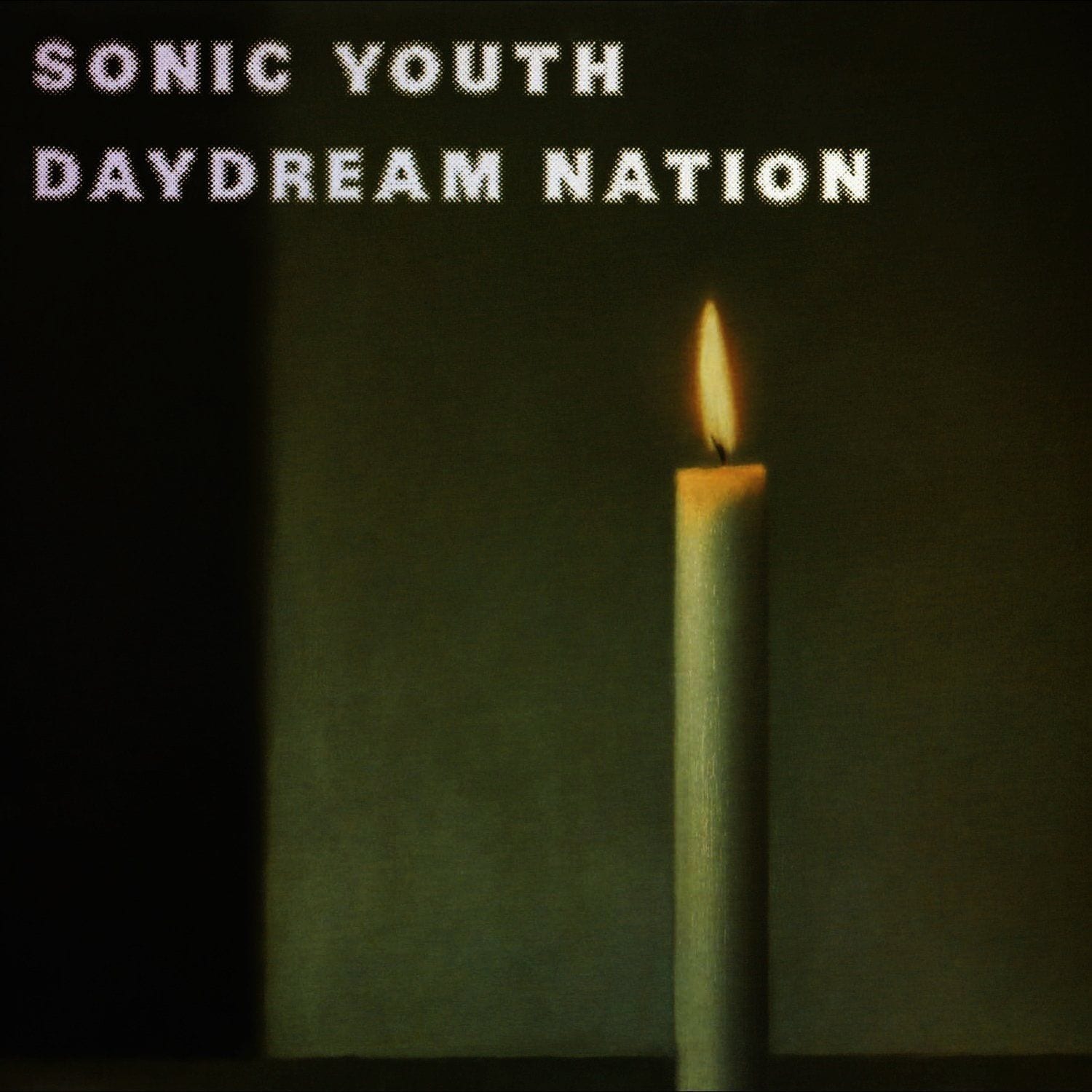
Sonic Youth was one of the coolest bands to emerge from New York City’s No Wave scene of the early 1980s, but although its fourth album Sister (1987) made significant progress fusing avant-garde noise rock with a much more accessible rock ‘n’ roll aesthetic, the band was still strictly an underground phenomenon. That all changed with Daydream Nation, an ambitious double album that saw Sonic Youth’s various influences coalescing into a striking, searing whole.
From the beautiful Gerhard Richter painting on the album cover to the alternately melodic and atonal music therein, this was a “music as high art” statement on the level of The Velvet Underground and Nico 21 years earlier. Featuring significant contributions from the acerbic Kim Gordon (“The Sprawl”, “Kissability”) and the Beat Generation-influenced Lee Ranaldo (“Eric’s Trip”, “Hey Joni”), this album is nevertheless dominated by several irrefutable Thurston Moore classics, including “Silver Rocket”, “Candle”, “‘Cross the Breeze”, and the timeless, laconic “Teen Age Riot”. Nirvana’s Nevermind would burst the alternative rock dam wide open three years later, but as far as influence goes Daydream Nation was just as seismic, not to mention the superior album in the long run. — Adrien Begrand
Recommended tracks: “Teen Age Riot”, “Silver Rocket”, “Eric’s Trip”, “Candle”
Pixies – Doolittle (1989)
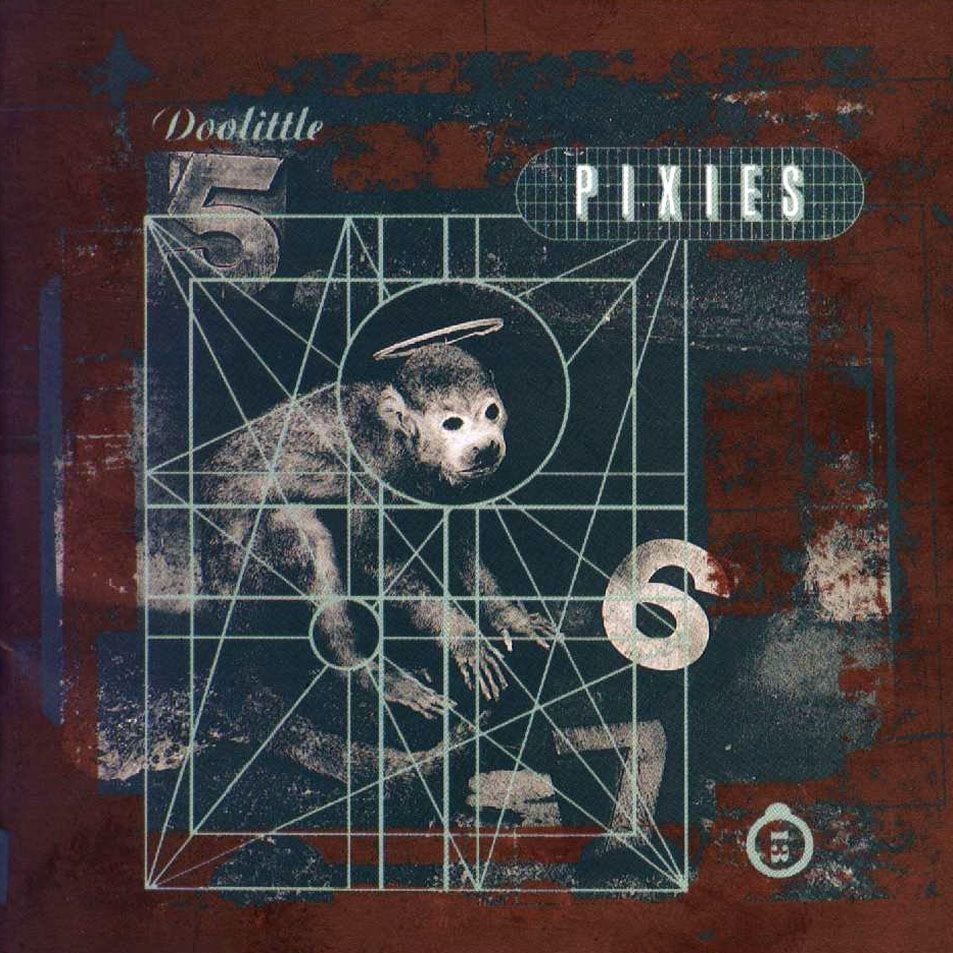
Boston-based band Pixies’ second full-length, Doolittle, captured the musicians at the top of their game when it was released in 1989. After having put themselves on the map as alternative rock heavyweights with their critically-acclaimed album Surfer Rosa the previous year, they signed a distribution deal with Elektra Records and brought on Gil Norton as producer. These changes brought the band a hefty production budget, which resulted in a crisper sound. However, a bigger budget didn’t take away from Pixies’ raw genius. It just allowed the band to stretch its talents and resulted in 15 songs about death, violence, environmental ruin, vampires, and biblical characters on the “crapper”.
“Monkey Gone to Heaven”, “Debaser”, and “Here Comes Your Man” gave the band a face on MTV and a bigger presence on college radio. The album’s power is evenly distributed, showcasing Joey Santiago’s guitar prowess and drummer David Lovering’s perfect timing. Lovering even sang slinky, surf rock ditty, “La La Love You”. Black Francis’s vocal acrobatics and Kim Deal’s ethereal backing vocals complement each other on songs like “I Bleed”, “Silver”, and “There Goes My Gun”.
Any tension among the band (the quartet took a hiatus after touring the record due to friction between Deal and Francis) went unnoticed, and may have been the spark that made the album come to life. To mark its 20th anniversary in 2009, the Pixies toured the album to crowds of eager fans, proving Doolittle remains a solid disc in the spine of ’80s alternative rock. — Jennifer Makowsky
Recommended tracks: “Tame”, “Wave of Mutilation”, “La La Love You”, “Hey”
The Stone Roses – The Stone Roses (1989)
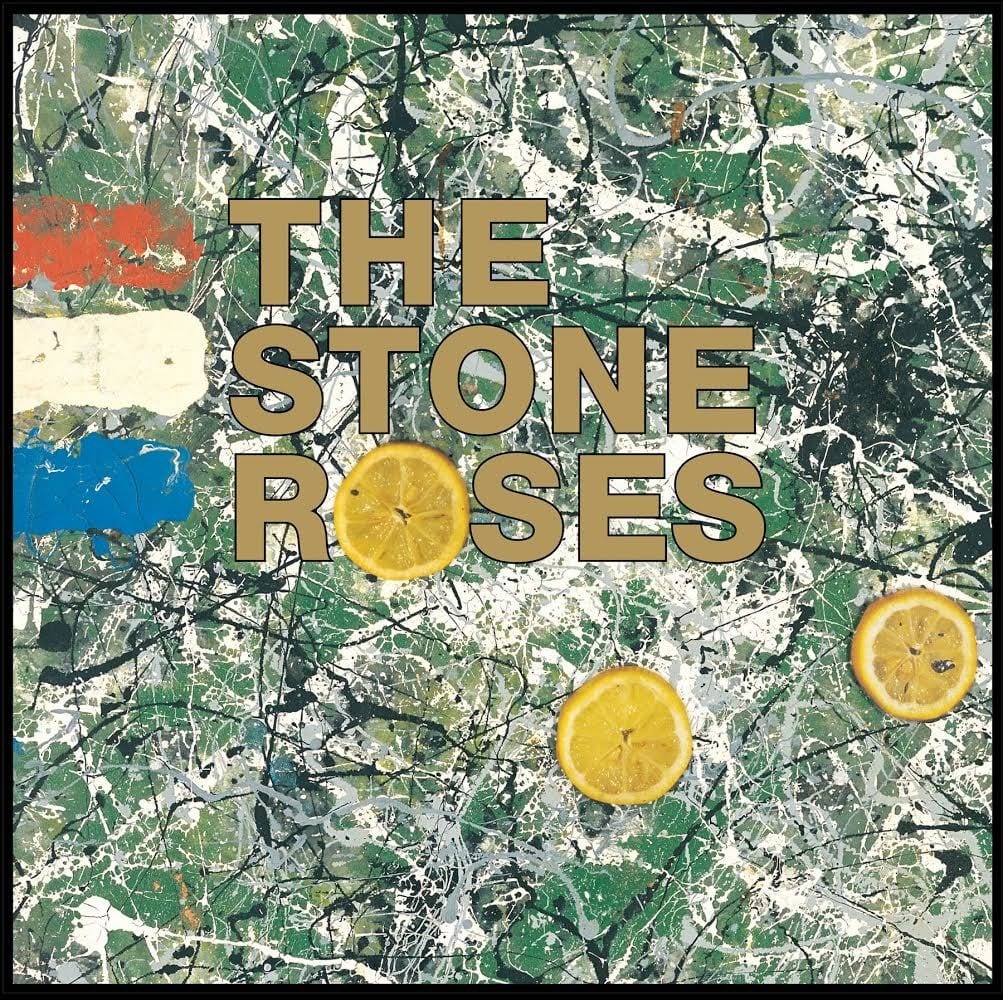
The self-titled debut by Manchester’s Stone Roses is considered by many critics to have spawned the “Madchester” movement that swept across the music scene in the late ’80s and early ’90s. While members of the band are said to have not even liked the album, the Stone Roses’ psychedelic, drug-powered pop songs garnered critical acclaim and earned them a well-earned place in alternative music history.
“I Wanna Be Adored” opens the album with a slow-building bass line that merely hints at the melodic impact about to spool through the speakers. When Ian Brown finally sings the words “I wanna be adored” in his cool, offhand fashion, it’s as if he already knows he has legions of fans drooling for more. From there on in, the album bestows hit after hit. The Stone Roses is one of those albums that gets even better with each listen, unpacking numerous musical nuances every time the play button is pushed. Songs like “Waterfall” and “Don’t Stop”, which incidentally run into each other (with a backwards recording of “Waterfall” mixed in for good measure), crank up the psychedelic influence, reminiscent of the Byrds and Donovan. “(Song for My) Sugar Spun Sister” and “She Bangs the Drums” add the tasty pop undertones, while sweeping, climatic tracks “Made of Stone” and “This Is the One” give the album emotional gravity.
Unfortunately, the Roses’ time was cut short by disagreements and lawsuits with their label as well as a disappointing sophomore release, Second Coming (1994). The Stone Roses were one of those bands who were here and then gone. But when they were here, their self-titled album captured the soul of the time and made an impact on the music scene that would last for years to come. — Jennifer Makowsky
Recommended tracks: “She Bangs the Drums”, “(Song for My) Sugar Spun Sister”, “Made of Stone”, “This Is the One”
Editor’s Note: Originally published on 27 August 2014.

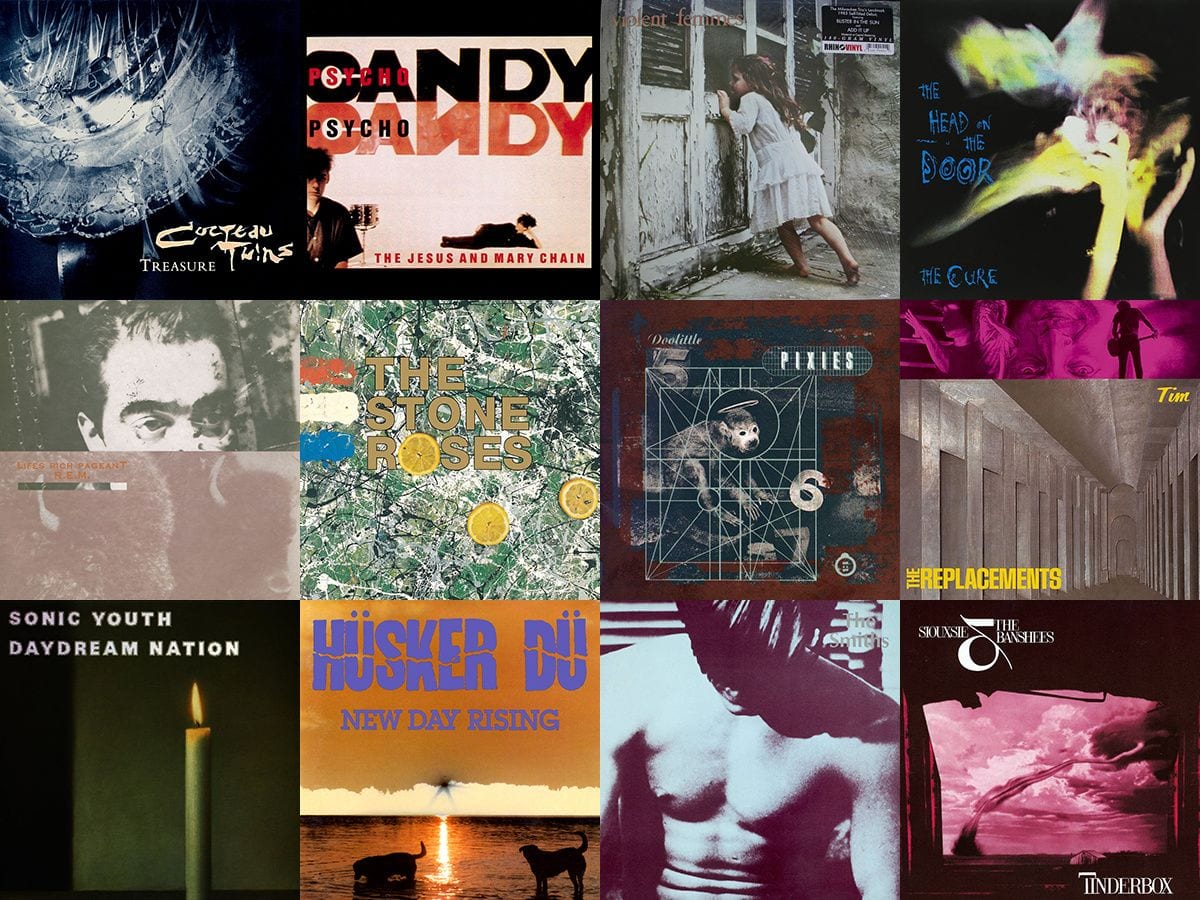
![Call for Papers: All Things Reconsidered [MUSIC] May-August 2024](https://www.popmatters.com/wp-content/uploads/2024/04/all-things-reconsidered-call-music-may-2024-720x380.jpg)



